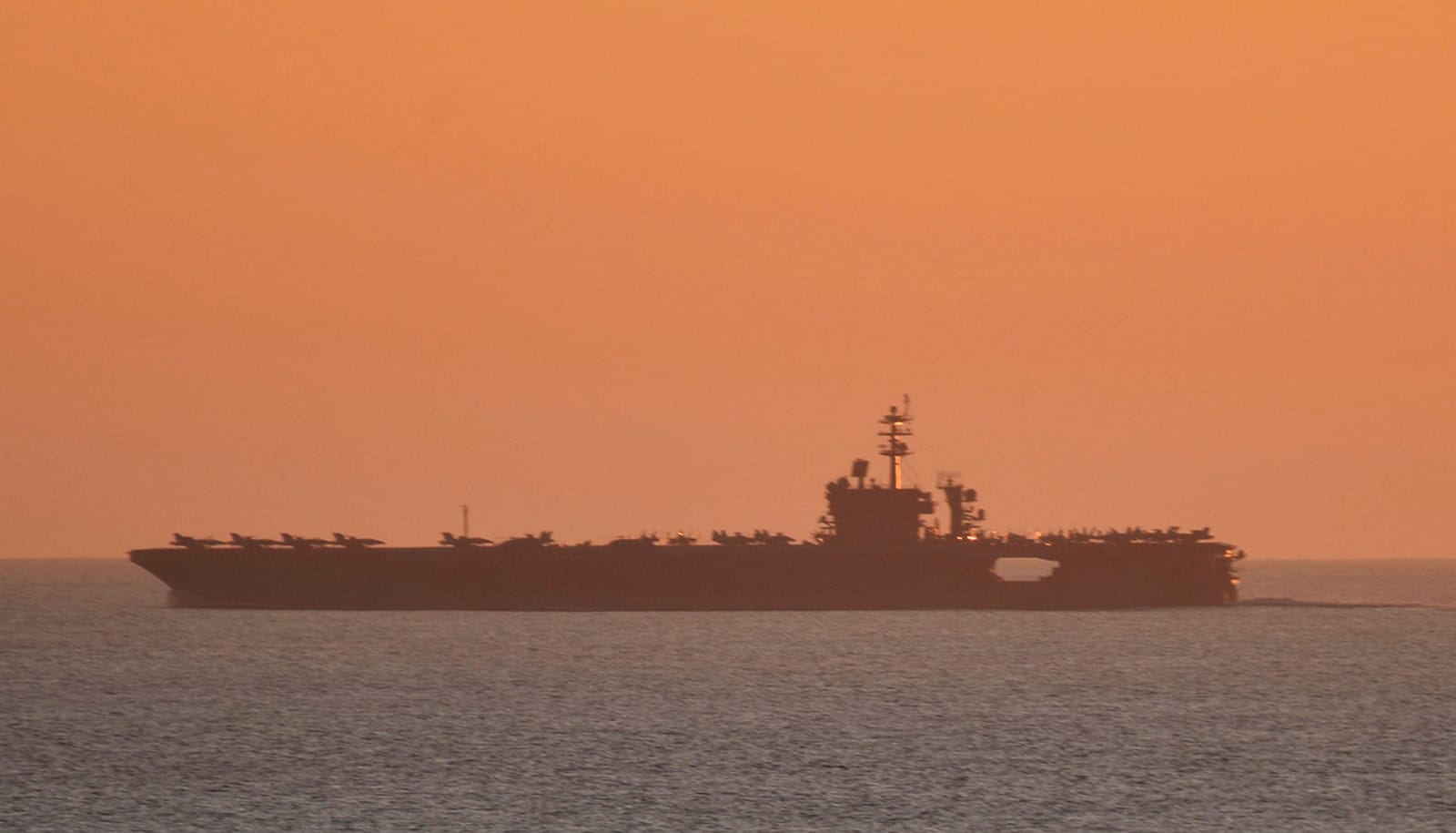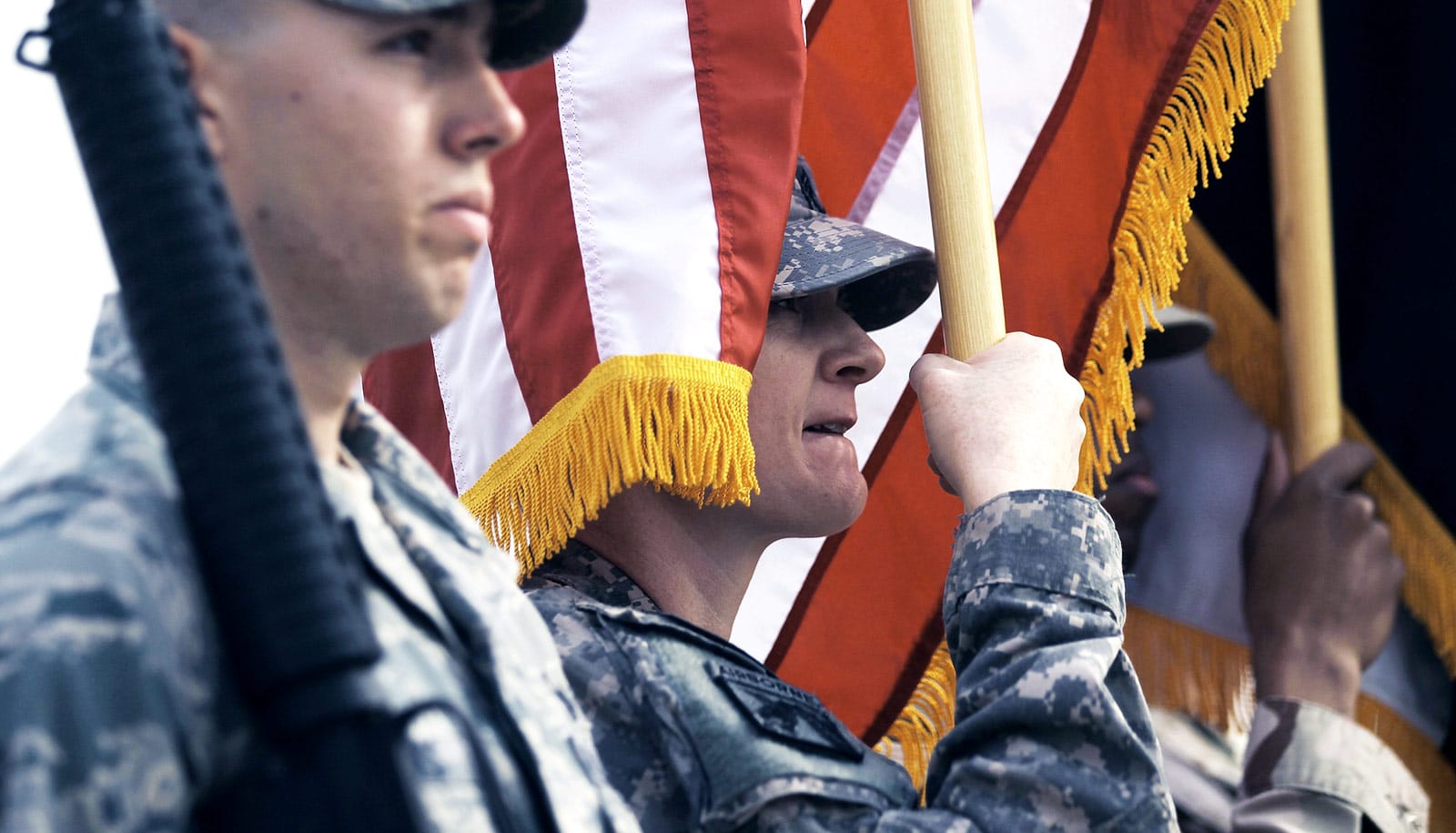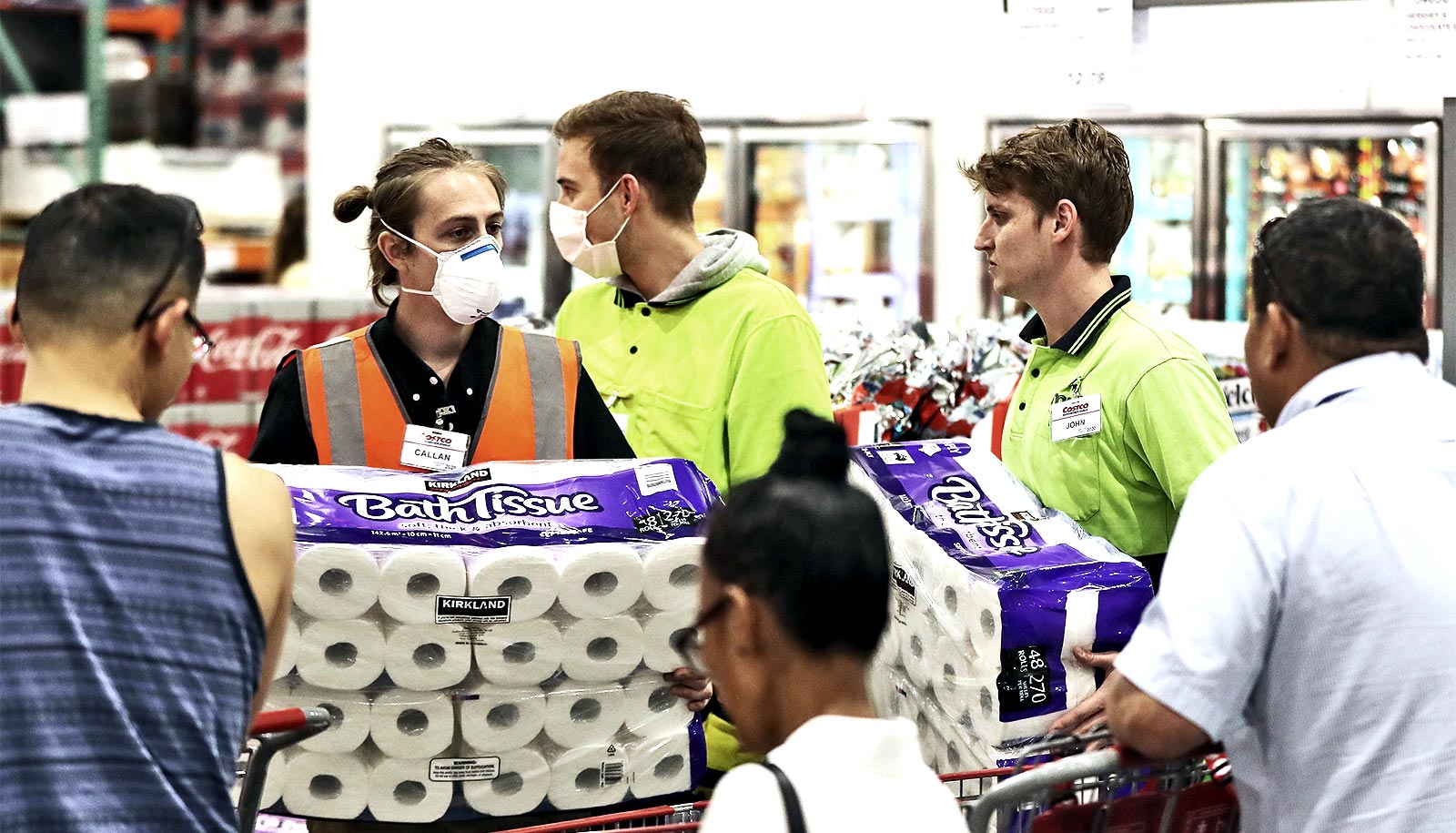The COVID-19 pandemic presents United States military leaders with a new challenge: how to maintain readiness against both foreign and domestic threats while fighting an invisible, deadly virus.
Although the US government and health officials have repeatedly urged the general public to practice social distancing during the COVID-19 pandemic, members of the military don’t have such a luxury, especially those who are in the field or isolated together on ships.
Military leadership is starting to see the effects of the coronavirus, especially on the Navy, Marine Corps, and Army (including the National Guard) and must act fast to adjust routines and protocols around the world, says Michael Wallace, a professor and program director for emergency and security studies in Tulane University’s School of Professional Advancement.
Wallace is also a retired Navy intelligence officer and former senior intelligence analyst who worked on the Joint Chiefs of Staff Intelligence Directorate from 2013-2015.
“Commanders are struggling with ways to keep their personnel healthy, so they can respond to national security emergencies that could arise.”
“The most startling example is the aircraft carrier USS Theodore Roosevelt, which is currently docked in Guam and quarantining the majority of its crew. For strategic purposes, this means that the commander of the Indo-Pacific Command has lost an entire aircraft carrier and air wing to respond to aggression acts in the Pacific Area.”
The virus is affecting areas such as training (boot camp/basic training and pilot training) and intelligence production (classified materials cannot go home).
“Commanders are struggling with ways to keep their personnel healthy, so they can respond to national security emergencies that could arise,” Wallace says.
While top military officials work to shield the men and women of our armed forces, the Navy has dispatched two hospital ships to provide medical support to a pair of American cities, putting the personnel of those ships on the front line in very hard-hit areas.
“The military is also responding to the current crisis by providing medical assistance to many different areas. The USNS Comfort and USNS Mercy are currently in New York and Los Angeles, respectively, providing support to medical personnel.
“The military is not specially trained to respond to virus outbreaks. Still, it is providing trauma and other medical aid to relieve the burden on local civilian agencies dealing with the virus.”
Source: Tulane University



